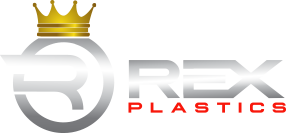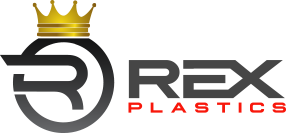Product Development
Product development is a many faceted project that not every person is suited for. With a little organization, perseverance, and patience (although a little lack of patience is sometimes needed) however, a product can be successfully developed. Here are some key factors to consider:
Marketing Great products die from poor marketing, poor products succeed from great marketing. Don’t think that just because your Brother-in-law said he would buy one of your widgets, that every Walmart will be clamoring to stock it.
- Learn about your competition, their pricing models, market share.
- Buy any competing products and test them. Destroy them.
- Immerse yourself in your potential customer. Their age, income, interests, geography. What motivates them to buy?
- Be the Purple Cow. Make your product or message so different they simply can’t ignore it.
Manufacturing As discussed in our “What is Injection Molding” section, there are many processes to plastic manufacturing. Know which one you need.
- Blow Molding: Think of a balloon being dangled inside of a cavity, injected with air, and formed into the shape of the cavity. Bottles, Jugs, Balls. Anything small with an internal void.
- Rotational Molding: Larger parts with internal voids. A slow but relatively efficient way to manufacture smaller quantities of large parts such as gas cans, oil tanks, bins and refuse containers, boat hulls.
- Thermo-Forming: Somewhat interchangeable with injection molding in terms of part design, this process starts with a sheet of heated plastic, and is vacuumed onto a form and cooled to create the desired shape. Packaging clamshells, lids, trays, blisters, as well as vehicle door and dash panels, refrigerator liners, utility vehicle beds, and plastic pallets.
- Extrusion: Linear pieces with no change in their shape, pulled through a profile while softened. Window frames, rods, tubes, sheets, etc.
Design While a change to a product after launch can be quite expensive, making changes during the design stage is relatively inexpensive. The design of plastic parts is no exception. With today’s CAD software, being able to visualize, test, and change designs has never been easier. If you’re developing a product and don’t have the ability to do this on your, do not count pennies at this stage. Having a knowledgeable engineer to design your product for manufacturing will significantly discount your whole project.
Prototype Like the design phase, prototyping is crucial. It is much less expensive to discover a design flaw that can only be seen when holding the part in your hand or using it for the application it was intended for. Prototypes can be used for not only proof of concept and fit and function confirmation, but for presentation to buyers, producing marketing material, focus group tools, and testing a market.
Collaboration This is where the organization comes in. If you are developing a product on your own without the resources of a company behind you, you and whatever team you may have will be working with multiple vendors quoting each component of the development process. You will need to have the skill and perseverance to communicate with and organize all of the information they’ll be feeding you. Investors, manufacturing, assembly, packaging, distribution, marketing, advertising, buyers, merchant services, compliance, insurance, patents.
Money If you do not have the funds available yourself to fund product development, you will need to find it. $100,000 goes fast for a project of any scope. Have a presentation quality business plan in writing. At least half of that plan should be marketing. Investors will need to believe that the road to get a return on their investment is in place, they just need to pave it. A graphical roadmap with a timeline and realistic and verifiable figures will go a long way in convincing them.


